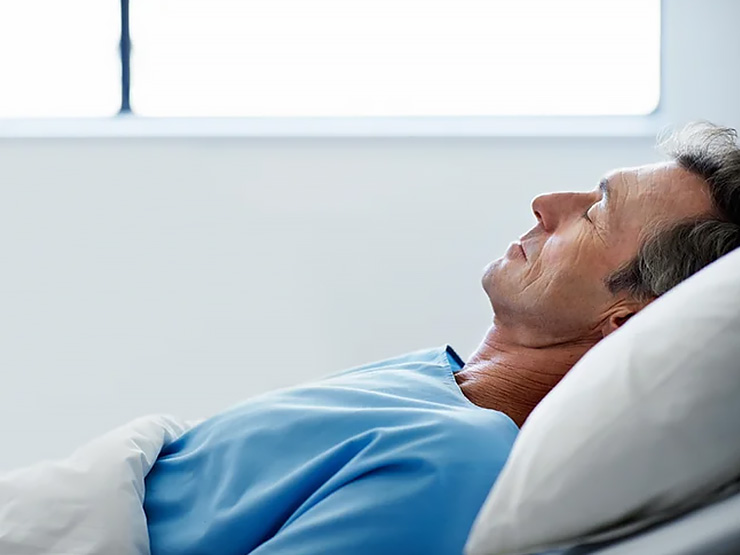December 24, 2022
Many years ago, I became fascinated with researching relaxation techniques that can go beyond the popular Progressive Muscle Relaxation (PMR) method widely practiced by mental health professionals. So I spent the next 15 years on a personal quest to find the most effective stress management and relaxation techniques. As years passed, I learned hundreds of relaxation techniques from Qi Gong, NLP, Hypnosis, Energy Psychology, Traditional Psychotherapy, CBT, Pressure Point Tapping, and various Meditation schools. Some methods were designed to offer quick, short term relief. Other methods would take a few weeks to have the desired effect, but the results were far-reaching, decreasing stress and enhancing memory and creativity.
I decided to break down relaxation techniques into branches (categories). People are different, so a ‘one method fits everyone’ approach cannot be valid. The best way to overcome anxiety and stress is to discover the technique that delivers the best response and master other techniques from that particular branch. For example, there is no need to practice relaxation techniques that require the practitioner to utilize Guided Imagery if the desired relaxation response can be achieved via a Thought Replacement Techniques.
Lastly, I take NO CREDIT for inventing any of the techniques posted. Unfortunately, I cannot possibly remember who taught me each of the 100s of techniques. I will, however, do my best to quote the source.
BLINKING INDUCTION – TECHNIQUE ONE TO ASSIST WITH INSOMNIA
WHAT IS INSOMNIA?
- Difficulty Falling Asleep
- Difficulty Staying Asleep
- Difficulty Feeling Rested When Awake
THREE MAJOR TYPES OF INSOMNIA
- Transient – Mild Insomnia: The individual feels refreshed throughout the day. No apparent cause for lack of sleep, or difficulty staying asleep. Generally, Transient Insomnia lasts for a few days.
- Short Term – Moderate Insomnia: Lasts less than a month. Individuals may show symptoms of mild fatigue, irritability, and difficulty functioning professionally and socially. Please see a doctor if this occurs.
- Chronic – Severe Insomnia: Symptoms lasting for more than one month. Individual shows signs/symptoms of extreme fatigue, anxiety, irritability, and inability to function. Please see a doctor.
PLEASE NOTE: Insomnia can be a sign of an undiagnosed medical and psychological condition. If insomnia persists, it is highly recommended that one sees a physician for a complete medical exam.
I use the following technique with clients who suffer from insomnia. Please do not try this technique while operating any machinery and/or driving. This method is designed to make you very drowsy while overcoming intrusive thoughts.
- While resting in bed, take a few deep Diaphragmatic Breaths. Expand your abdomen upon inhalation, pushing the air deep down to your navel.
- “I will be asleep by the time I count to 100.”
- Begin to count slowly. NOTE: Do not worry if you forget to keep breathing using the diaphragm.
- Please open your eyes on the ODD numbers (1, 3, 15, 21, 71, etc.) and close them on the EVEN numbers (2, 4, 20, 30, 82, etc.)
- Drag out the EVEN count so that your eyes remain closed for a longer period of time.
- Losing track of count is entirely natural and expected.
- When you cannot open your eyes or lose track of the count, just keep counting.
- Slowly slip into sleep.
#Insomnia





